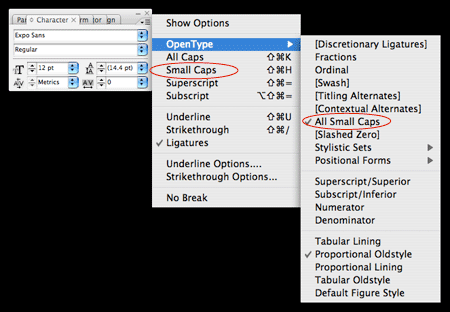Know the Basics About SmallCap Options
Post on: 27 Июль, 2015 No Comment

Recent Posts:
Know the Basics About Small-Cap Options
The financial wizards of Wall Street have, over time, dissected the stock market into virtually every conceivable division. Like kids excited about a game of Operation, they’ve carefully sliced and diced the thousands of stocks into carefully crafted categories growth, value, emerging markets, low-beta, high-yielding, frontier, cyclicals, staples and so forth.
Consider, for instance, the division of stocks by size. The industry-wide standard for measuring a company’s size is its market capitalization or market cap for short. For the most part, companies are divvied up into three buckets large cap, midcap, and small cap. Large-cap companies are those with a market cap exceeding $10 billion, midcap companies have a market cap between $2 and $10 billion, and small-cap companies have a market cap of less than $2 billion (and even then, there are smaller divisions such as micro-caps and nano-caps).
Given their size, large-cap stocks are viewed by many investors as more stable and less risky, and often provide exposure to foreign markets as they sell numerous goods and services abroad.
Small-cap stocks, on the other hand, are perceived as less stable, more risky and more sensitive to the domestic economy, as they’ve yet to venture too far overseas. Consequently, their stock prices are a bit more volatile and offer more potential reward.
In a healthy market where investors are in “risk-on” mode and seeking elevated returns, they typically favor small-cap stocks. Thus, when small-cap stocks are outperforming, it’s a sign of a bullish market. In an unhealthy market where investors are more concerned about the return of capital versus the return on capital, they tend to seek safe-haven stocks like large caps, which provide more stability and are better positioned to weather economic turmoil.
Trading options on the little guys isn’t so different from trading options on larger companies. While there might be some minor differences, the two major differences are volatility and liquidity. Because small-cap stocks see more day-to-day volatility, their options tend to trade at higher implied volatility levels than those that are listed on more seasoned stocks like General Electric (GE ) and Exxon Mobil (XOM ).
Perhaps the best comparison is viewing the 20-day historical volatility of the S&P 500 Index (12.7%) versus the small-cap-laden Russell 2000 Index (14.7%). The year-to-date high of 20-day HV in the S&P 500 is 15%, but it’s 23% in the Russell.

In then end, this is really just a function of an efficient market. Traders looking to sell options on more erratic securities require a bit more premium to compensate them for the elevated risk.
The world of small-caps is plagued with many illiquid stocks. These low-volume players often don’t even have options listed on them, and sometimes when they do, the options aren’t the most actively traded, either. This lack of activity leads directly to wide bid-ask spreads, making options difficult to buy and sell at your desired price. This means using limit orders is a must when attempting to place your trade.
And if the bid-ask spread is too wide, you might have to pass up the trade altogether or simply stick with gaming the underlying stock.
As of this writing, Tyler Craig did not hold a position in any of the aforementioned securities.














